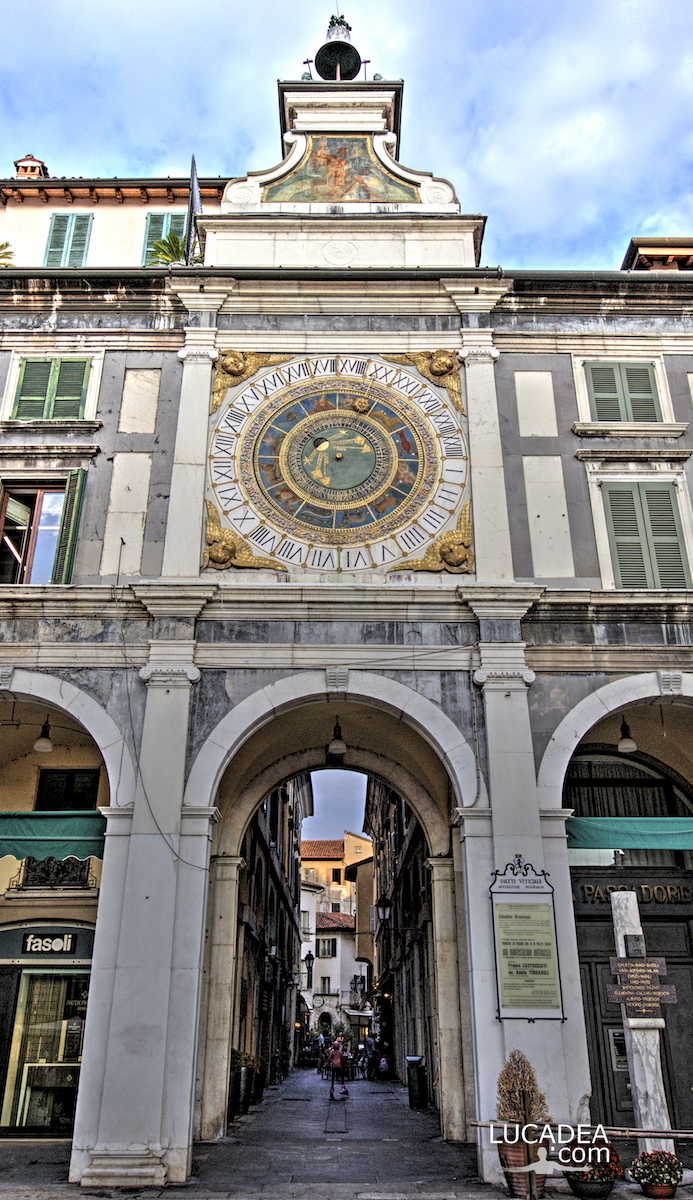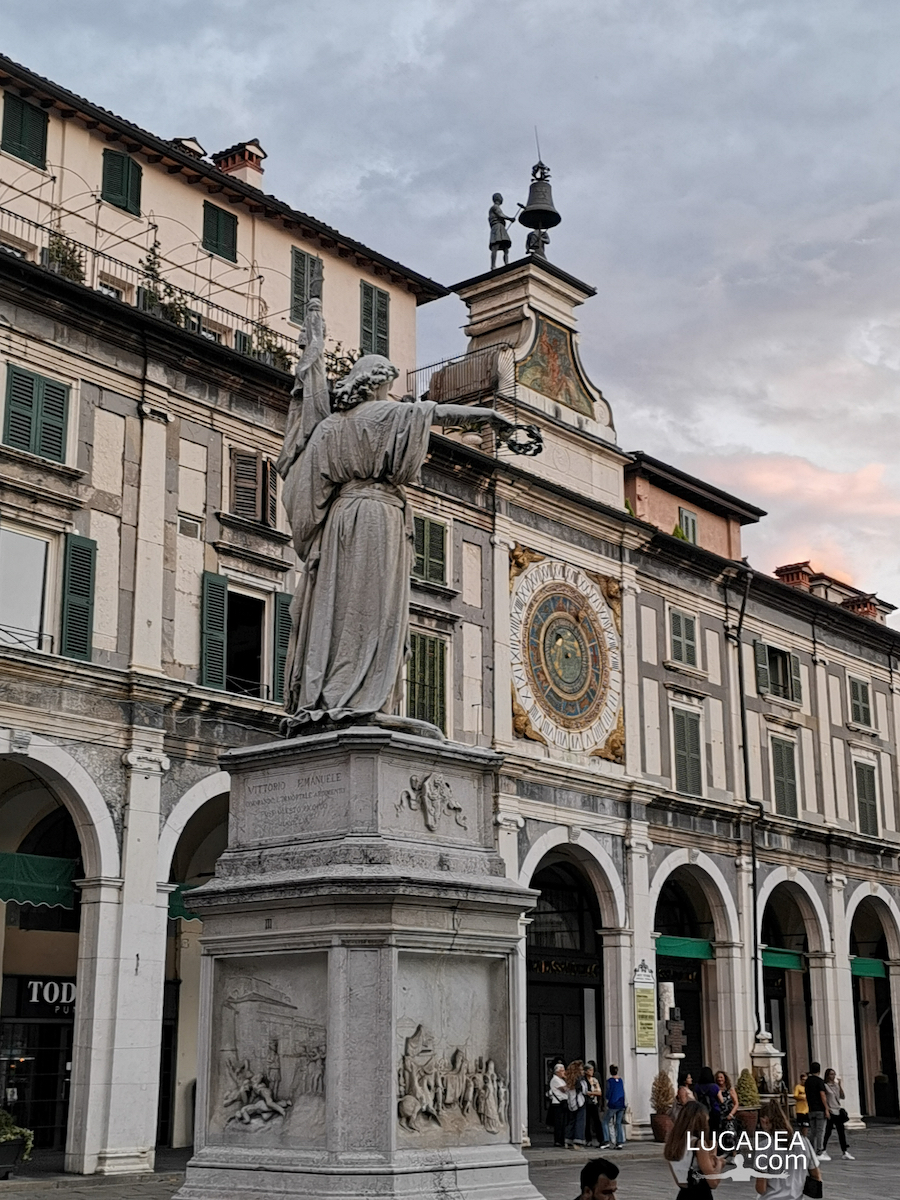The famous Clock Tower of the village of Trevi.
In the heart of Trevi, a small Umbrian village, stands the majestic Clock Tower, a symbol of history and tradition that fascinates visitors and locals alike. This tower, located in the main square of the village, represents one of the most iconic landmarks of the city.
The Clock Tower of Trevi dates back to the Middle Ages and has undergone several modifications over the centuries. Originally built as a watchtower, it was later transformed into a civic tower with the addition of the clock in the 18th century. The structure is characterized by a solid stone base and a lighter upper part, where the mechanical clock is located.
The clock of the tower is a masterpiece of mechanical engineering. Its mechanism, still working, has been restored several times to ensure its precision and durability over time. Every hour, the sound of the bells resonates through the streets of the village, marking the rhythm of daily life and keeping alive a centuries-old tradition.
The square that overlooks the Clock Tower is a lively meeting point for the local community. Cultural events, markets and traditional festivals take place here, bringing the village to life throughout the year. The tower itself is often open to the public, allowing visitors to climb to the top for a breathtaking panoramic view of the Umbrian valley.
To visit the Trevi Clock Tower, you can join guided tours organized by the municipality or local associations. During the visit, you can learn more about the history of the tower, how its clock works and the traditions of the village. The tower is easily reached on foot from the center of Trevi, and the square offers numerous cafes and restaurants where you can relax after the visit.
Do you know or have you ever visited the village of Trevi?
Add your own comment or go to the bottom of the site to read what other visitors have written.
Photo taken with Canon EOS RP and lens Canon RF 24-50.
To see all the photos I took in the village click here:

Here's where the tower is located:
In the late Middle Ages and the Renaissance it had its best period, characterized by extraordinary trade that favored its economic prosperity (it was called "the dry port"), still testified today by the numerous buildings in the historic center, worthy of appearing in much larger cities, and the economic growth was accompanied by lively cultural and social activity. Already in 1469, to favor the circulation of money a Jewish banker was called, one of the few professions to which those men were authorized, and despite this he was persecuted and later one of the very first Monti di Pietà was erected, followed later by the Monte Frumentario and various other charitable and welfare institutions.
Continue and learn more on Wikipedia
The famous Clock Tower of the Trevi village – La célèbre Tour de l’Horloge du village de Trevi – La famosa Torre del Reloj del pueblo de Trevi – A famosa Torre do Relógio da aldeia de Trevi – Der berühmte Uhrturm des Dorfes Trevi – Tháp đồng hồ nổi tiếng của làng Trevi
The text of the post was written with the help of Copilot, a virtual assistant based on artificial intelligence.










